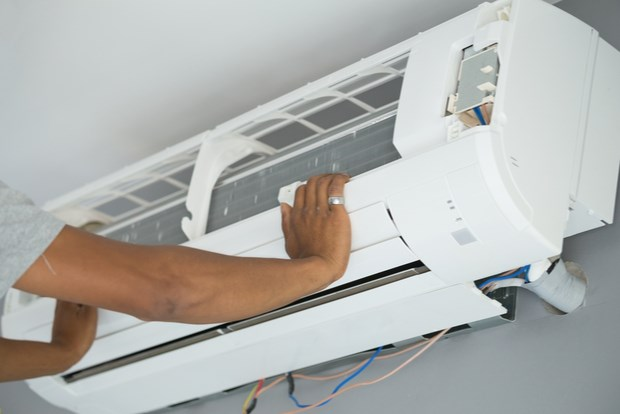Tips to Make Indoor Air Safer to Breathe
Here are the tips to make Tips to Make Indoor Air Safer to Breathe
1. Regular HVAC Maintenance
One of the most effective ways to ensure clean indoor air is to schedule regular HVAC maintenance. A well-maintained system runs efficiently, filters out contaminants, and helps maintain optimal indoor air quality. Contact Comfort Solutions Heating/Cooling & Duct Cleaning for professional AC service in Blue Ash to keep your HVAC system in top condition.
2. Change Air Filters
Your HVAC system's air filters are your first line of defense against indoor air pollutants. Make sure to replace them regularly, as recommended by the manufacturer. Clean filters ensure that allergens, dust, and pollutants are effectively removed from the air.
3. Ventilation
Proper ventilation is crucial for maintaining clean indoor air. Ensure that your home is adequately ventilated to allow fresh outdoor air to circulate and remove indoor pollutants. Consult with professionals at Comfort Solutions Heating/Cooling & Duct Cleaning for expert advice on improving your home's ventilation.
4. Humidity Control
Maintaining the right humidity levels in your home is essential. Excess moisture can lead to mold and mildew growth, while low humidity can cause dryness and discomfort. Invest in a humidifier or dehumidifier to maintain optimal indoor humidity levels.
5. Reduce Chemicals and VOCs
Many household products release volatile organic compounds (VOCs) and chemicals that can pollute indoor air. Opt for environmentally friendly and low-VOC products whenever possible. Proper storage and ventilation can also help reduce indoor chemical exposure.
6. Houseplants
Certain houseplants, such as snake plants and spider plants, can help improve indoor air quality by naturally filtering out pollutants. Just be mindful of any allergies to specific plants.
7. Clean Regularly
Regular cleaning helps remove dust, pet dander, and other allergens from surfaces and the air. Vacuum with a HEPA filter, dust with a damp cloth, and wash bedding and curtains frequently to minimize indoor air pollutants.
8. Radon Testing
Radon is a colorless, odorless gas that can seep into homes and pose a significant health risk. Consider testing your home for radon and take appropriate measures to mitigate it if necessary.
9. Professional Duct Cleaning
Over time, dust and contaminants can accumulate in your home's ductwork, reducing indoor air quality. Periodic professional duct cleaning by experts like Comfort Solutions Heating/Cooling & Duct Cleaning can remove these pollutants and improve your indoor air.
10. Invest in Air Purifiers
High-quality air purifiers with HEPA filters can effectively remove airborne contaminants, allergens, and pollutants, enhancing indoor air quality.



.jpg)
Comments
Post a Comment